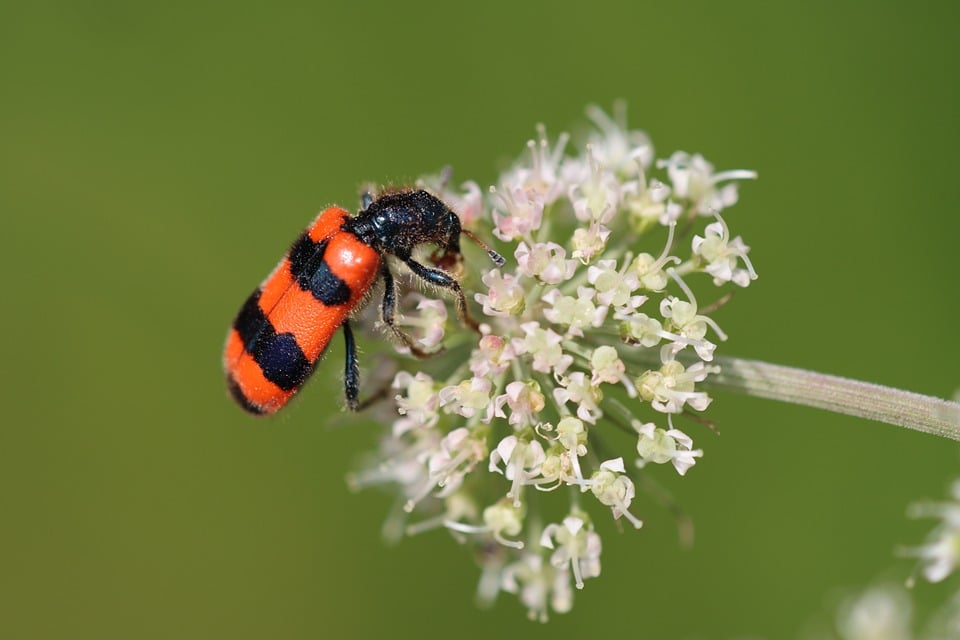Culture plays a vital role in shaping the artistic expressions that enrich our lives. From the vivid paintings of the Renaissance to the poignant poetry of the Romantic era, art and literature are deeply intertwined with the cultural context in which they are created. In this article, we will explore the complex relationship between cultural influences and artistic creation, examining how historical traditions, contemporary trends, and future predictions shape the landscape of art and literature.
Historical Context: The Evolution of Art and Literature
Throughout history, art and literature have been intrinsically linked to the cultural milieu in which they are produced. Ancient civilizations such as the Greeks and Romans used art and literature to express their values, beliefs, and myths, creating enduring works that continue to inspire us today. The Renaissance period saw a revival of classical influences in art and literature, leading to a flourishing of creativity that produced masterpieces by artists like Leonardo da Vinci and writers like William Shakespeare.
Fast forward to the modern era, and we see how cultural influences continue to shape artistic expression. The rise of industrialization and globalization has led to a blending of cultural traditions, resulting in new forms of art and literature that reflect the diverse world in which we live. From the Harlem Renaissance of the 1920s to the postmodern experiments of the 20th century, artists and writers have continually pushed boundaries and challenged conventions in response to the cultural currents of their time.
Current State: Cultural Influences in Contemporary Art and Literature
In the present day, cultural influences play a significant role in shaping the art and literature we consume. Artists and writers draw inspiration from a myriad of sources – from their own cultural heritage to global trends and social issues. Contemporary literature reflects the diverse voices and experiences of our multicultural society, while contemporary art explores new ways of engaging with the world around us.
Some key examples of cultural influences in contemporary art and literature include:
– Postcolonial literature that challenges dominant narratives and gives voice to marginalized communities
– Street art that reflects urban culture and social activism
– Digital art that explores technology and its impact on society
– Eco-literature that addresses environmental issues and sustainability
As we navigate the complexities of our interconnected world, art and literature continue to serve as a lens through which we can understand and interpret the diverse cultures that shape our lives.
Future Predictions: The Intersection of Culture and Creativity
Looking ahead, we can expect cultural influences to play an even greater role in shaping art and literature in the future. As our world becomes increasingly interconnected, artists and writers will continue to draw inspiration from a global palette of cultural traditions, creating hybrid forms of art and literature that transcend traditional boundaries.
Some future predictions for the role of cultural influences in art and literature include:
– The rise of virtual reality art and literature that immerses audiences in new cultural landscapes
– Collaborative art projects that bring together artists from different cultural backgrounds to create innovative works
– Interactive storytelling that allows readers to engage with diverse cultural perspectives in real-time
By embracing cultural influences in their work, artists and writers can create a more inclusive and vibrant artistic landscape that reflects the richness of our global society.
Conclusion
In conclusion, the role of cultural influences in art and literature is both profound and ever-evolving. From the ancient civilizations of the past to the digital age of the present, cultural traditions have shaped the artistic expressions that define our humanity. By understanding and embracing cultural influences, artists and writers can create works that resonate with audiences across time and space, enriching our collective experience of the world.
As we continue to explore the intricate relationship between culture and creativity, let us remember the power of art and literature to transcend barriers and connect us in profound ways. Thank you for engaging with this article, and we encourage you to delve deeper into the world of cultural influences in art and literature through further resources and exploration.
